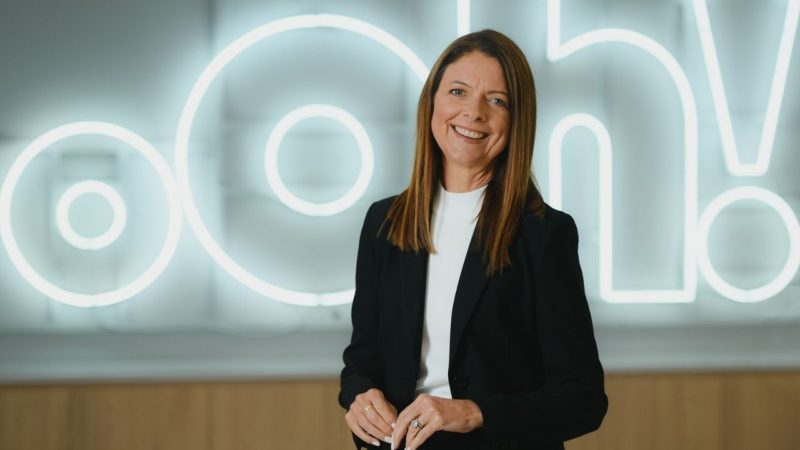Ooh Media’s Cathy O’Connor on why OOH’s in-market position is no match for other channels
After Australia finally breaks out of COVID lockdowns, Emma Shepherd speaks with Ooh Media CEO Cathy O’Connor about the company’s FY21 financial results, and how the growing adoption of digital screens along with new innovations in automated trading and data has elevated OOH’s in-market position.
Ooh Media posted impressive revenue numbers this week, with full-year results showing the out-of-home (OOH) provider had an 18% lift in revenue to $504 million, compared to the prior year.
The diversity of the company’s assets across a range of OOH formats ensured Ooh was able to deliver this revenue uplift despite substantial lockdowns in Q3 CY21 and early Q4 and some formats (Fly, Office, Rail) continuing to be impacted by the pandemic.

Ooh Media CEO, Cathy O’Connor (pictured)

